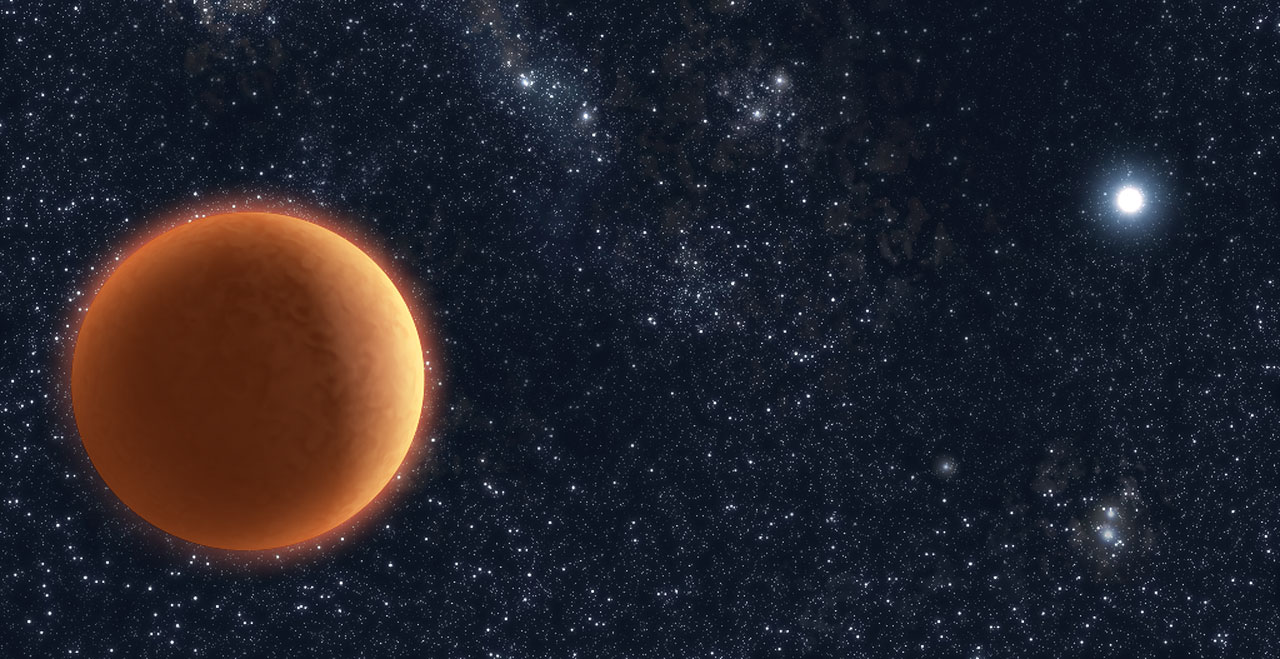A white dwarf is formed when a low-mass star, like our sun, runs out of fuel at the end of its life – it will expand into a red giant and then eject its outer layers. What’s left behind is a small, dense core, also known as a white dwarf.
One day, when the sun has grown into such a red giant, it will obliterate Mercury, Venus, and possibly Earth, before also shrinking into a white dwarf. In about eight billion years, this is what our solar system will look like, says Joshua Blackman, a professor at the University of Tasmania in Hobart, Australia, and leader of the study, which appeared in the journal Nature.
A team of astronomers has now found the remains of a dead star in space. This white dwarf includes a surviving exoplanet that strongly resembles Jupiter in our solar system. Both were discovered with the help of the microlensing effect.
This technique involves waiting until two stars are perfectly aligned as seen from Earth, and then observing how the light from the distant star is bent by the gravitational pull of the closer star.
This allows researchers to learn more details about a star’s mass and the exoplanets orbiting it. The duo discovered by Blackman and his team is a lone, old star and a gas giant that is about 40 percent larger than Jupiter and in a similar orbit to it.
The planet appears to have survived the star’s death mostly intact. The find is the first concrete evidence for the idea that the outer planets of our solar system could survive a death of the Sun.
Read more about here.
Newly discovered planet orbits dead star – it shows what will happen to Earth in the future.

